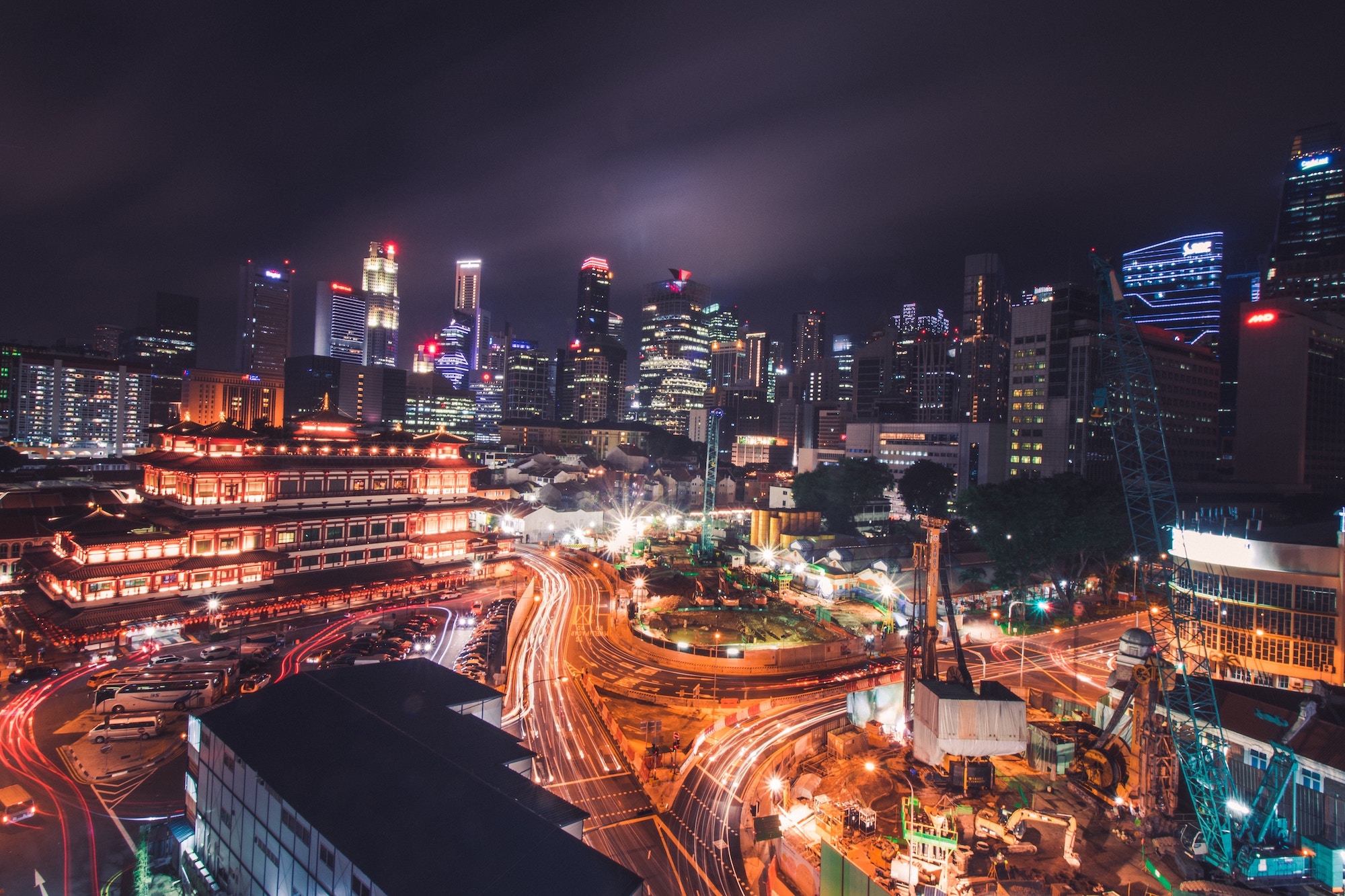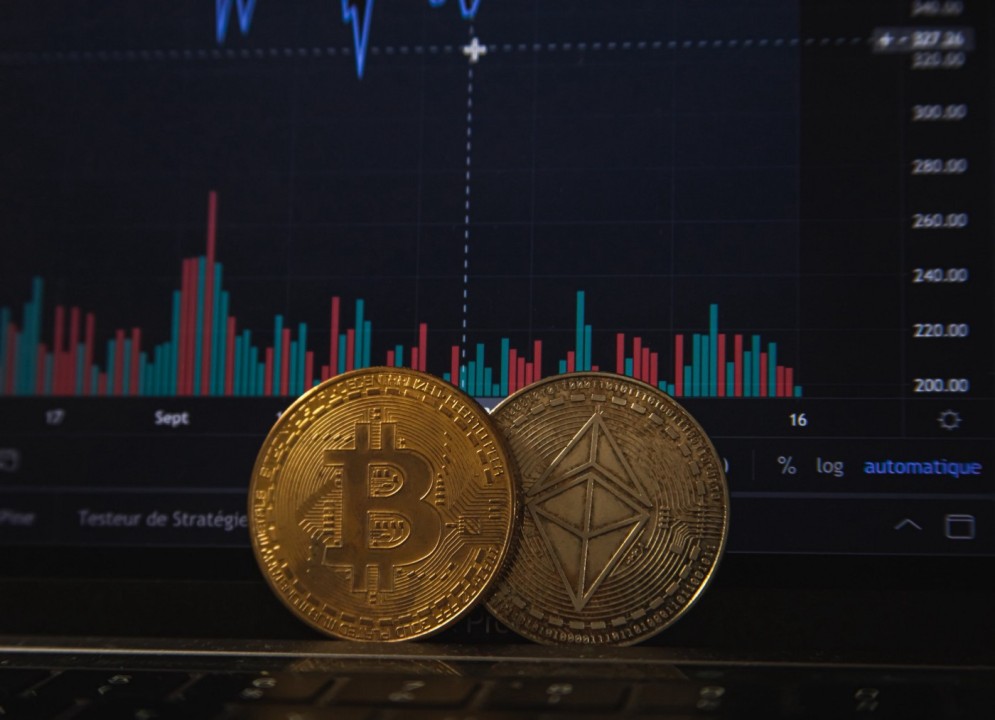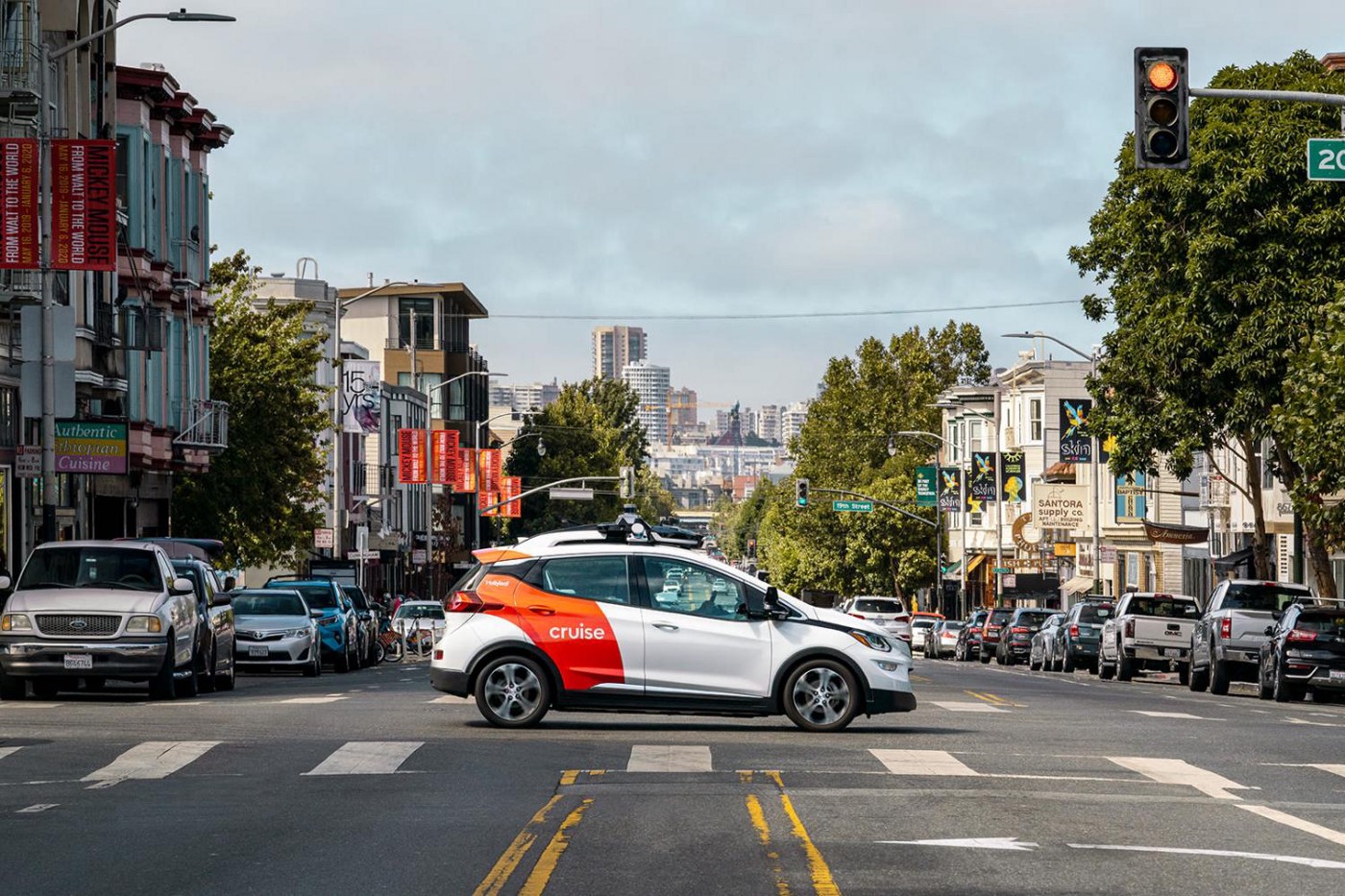A “smart city,” as we think of it now, is not a singular, centrally controlled entity but a whole collection of intelligently designed machines and functions. Essential aspects of city life like traffic flow, energy distribution, and pedestrian behavior will one day be monitored, understood, and acted upon by smart machines with the goal of improving the way we live. AI has already transformed so many aspects of city life, and one day it may guide an even greater proportion of municipal functions. Here’s a look at just a few of the ways this will happen.
Traffic
Even in a public transportation haven like New York or Chicago, traffic congestion is a major issue. AI can provide a major boost to the work of city engineers, making a drive through the city less of a hassle and reducing the overall time spent on the road. AI can collect and analyze traffic data as it’s happening, and eventually even provide routing solutions for autonomous vehicles.
Not only that, this info can give drivers real-time information on open parking, making the desperate search for a spot downtown a thing of the past. Smart traffic signals that observe and analyze vehicle flow data can keep drivers moving without wasting time at automated red lights. With full integration with self-driving cars, it’s not a stretch to imagine a daily commute happening with little to no input from drivers.
Power
As cities grow, the need for power increases exponentially. One of the most consistent challenges of city management is ensuring that every citizen has their energy needs met, and while green solutions have already made an impact in reducing waste, AI can take the next step in bringing our cities closer to fully self-sufficient energy.
Our power grid is aching for a modern overhaul, and one may just be in store, thanks to smart grid initiatives to bring AI to the application and distribution of energy. The efficiency of a smart machine means that the power of the future will be delivered with less of the waste and redundancy that marks our present grid. The U.S. Department of Energy agrees with the potential of such technology, having made the development of a smart grid an official directive in 2010.
Safety
Artificial intelligence can not only make driving safer, but also improve conditions on the sidewalks and alleyways as well. The city of the future looks to be not only more efficient, but safer as well.
In its best form, AI will allow city officials to better monitor neighborhoods and districts whose problems have historically flown under the radar. Police departments nationwide have already adapted ShotSpotter technology to better crack down on gun crime, with promising results for holistic, community-based solutions to the issues facing urban communities.
While concerns about privacy are valid and important, video surveillance with the proper protocols in place could give police a huge boost in fighting street crime with the help of AI. While such tech is still in its nascent stages, one day in the far-off future police will use intelligent analysis to spot suspicious behavior that may indicate a violent crime about to happen, or follow a suspect through crowds in the city streets. Crack AI researchers are already on the case.
If all this talk of AI-infused cities sounds like science fiction, it isn’t. In fact, we in the U.S. have got some catching up to do. Earlier this year, we saw the first rollout of Chinese e-commerce giant Alibaba’s Smart City platform outside of their native country, as Kuala Lumpur introduced their adoption of the AI data-analysis program. While this smart city mostly makes use of the tech for operational tasks like transportation, such a commitment to this forward-thinking tech indicates a future where big cities will welcome AI assistance with open arms.
Cities are often described as the best implementation of America’s melting pot. A huge variety of people, with disparate origins, interests and dreams, all coming together around one principle: that we work better together than apart. Our cities of the future will likely fulfill that promise better and more efficiently than ever imagined, thanks to improvements in efficiency and safety enabled by AI.





